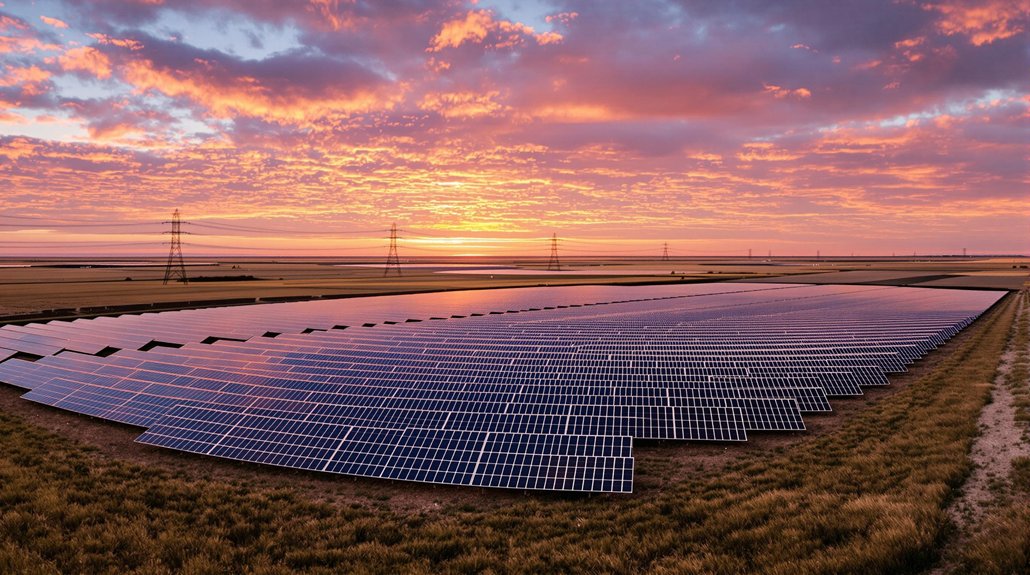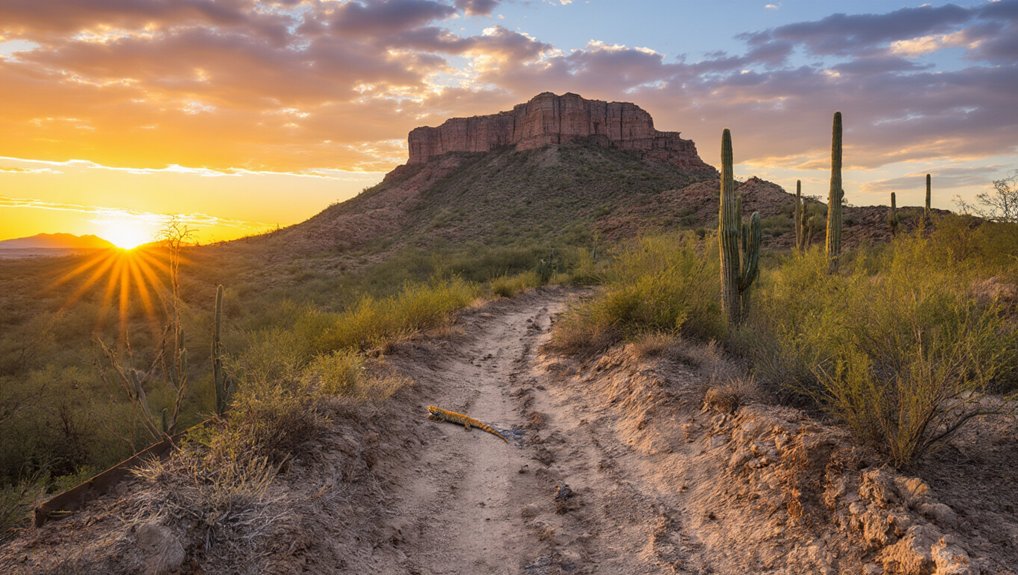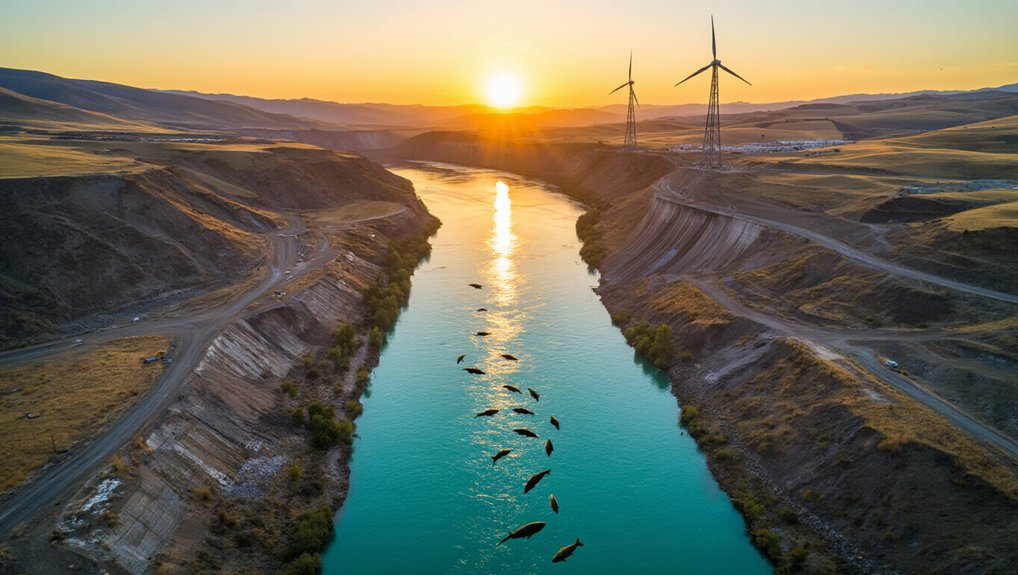How quickly is the Amazon rainforest disappearing? Recent data shows an alarming acceleration in forest loss, with the Amazon losing 54.2 million hectares over the past two decades—an area comparable to the combined territories of Spain and France. This devastation threatens one of Earth’s most important ecosystems.
The situation has worsened recently, with deforestation surging 92% in May 2025 compared to the same month in 2024. From January to June 2025, the Brazilian Amazon lost 807 square miles of forest, marking a 27% increase from the previous year. In just five years (2021-2025), pessimistic projections suggest up to 23.7 million hectares were lost—nearly the size of the United Kingdom.
Brazil contains two-thirds of the Amazon rainforest, an area almost twice the size of India. The Legal Amazon region spans over five million square kilometers across nine Brazilian states. Peru also faces considerable forest loss, with 140,000 hectares destroyed in 2024 alone.
Illegal land clearing for cattle ranching drives much of this destruction, especially during the dry season. Criminal fires have increased due to weaker law enforcement and greater ecosystem vulnerability. Private land expansion, logging, and agriculture also contribute considerably to annual forest loss. Half of recent deforestation occurred on recently burned land, showing a shift in forest clearing methods. The alarming rise in fire outbreaks has reached over half a million in the Amazon last year, the highest recorded in 14 years.
This massive forest loss threatens the Amazon’s critical role in global carbon storage. The rainforest stores enormous amounts of CO₂, and its destruction accelerates climate change while disrupting regional rainfall patterns. Brazil ranks among the world’s top 10 greenhouse gas emitters, with deforestation accounting for almost half its emissions.
Beyond climate impacts, the Amazon’s biodiversity suffers tremendously. Home to 16,000 known tree species and hundreds of Indigenous tribes, deforestation endangers countless plant and animal species while threatening traditional Indigenous livelihoods.
Some isolated communities face increased risks as forest boundaries shrink and habitats become fragmented, disrupting wildlife migration patterns and breeding cycles. The upcoming COP30 summit in Brazil represents a critical opportunity for securing international commitments and funding to protect the remaining Amazon ecosystem.
References
- https://news.mongabay.com/2025/07/amazon-deforestation-spikes-as-brazil-blames-criminal-fires/
- https://www.upi.com/Top_News/World-News/2025/07/15/brazil-amazon-rainforest-deforestation/2301752594266/
- https://infoamazonia.org/en/2023/03/21/deforestation-in-the-amazon-past-present-and-future/
- https://phys.org/news/2025-06-climate-loom-brazil-amazon-forest.html
- https://www.statista.com/statistics/1030359/brazil-amazon-deforested-area-month/








